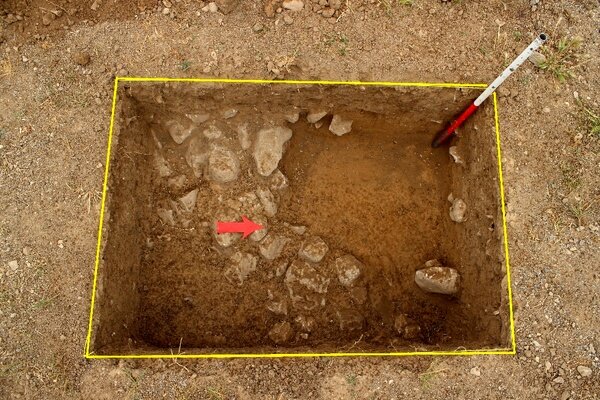INSUBCONTINENT EXCLUSIVE:
Saturday.The sites are estimated to date back to the Sasanian and Il-Khalid eras, according to research conducted on the form and technique
of potteries excavated from the two sites, he explained.The appearance of the sites is such that they have a gentle slope on both sides of a
river, and the difference in the level of the highest point with the river level is about seven to eight meters, he said.Biglari said the
two sites were initially demarcated in 2008 based on the surface evidence and the bulk of excavated objects.Due to the expansion of the
urban fabric towards the ancient sites, it is necessary to define exact legal boundaries to prevent their destruction, the archaeologist
said.Ilam province is located in the foothills of the Zagros Mountains
The land, which is called Ilam now was a part of the ancient Elamite civilization that was formed in ca
3000 BC and was destroyed by Assyrian King Ashurbanipal in 640 BC.Elam was an ancient pre-Iranian civilization centered in the far west and
southwest of what is now modern-day Iran, stretching from the lowlands of what is now Khuzestan and Ilam provinces as well as a small part
of southern Iraq.Sassanid and Il-Khanid eras are among the turning points in Iranian history
Il-khanid was a Mongol-origin dynasty that ruled Iran from 1256 to 1335
territorial entity after several centuries of fragmented rule by small dynasties.The Sassanid era is of very high importance in the history
Under Sassanids, Persian architecture and arts experienced a general renaissance
Architecture often took grandiose proportions, such as palaces at Ctesiphon, Firuzabad, and Sarvestan, which are amongst the highlights of
Apart from architecture, crafts such as metalwork and gem engraving grew highly sophisticated, yet scholarship was encouraged by the state
In those years, works from both the East and West were translated into Pahlavi, the language of the Sassanians.AFM

